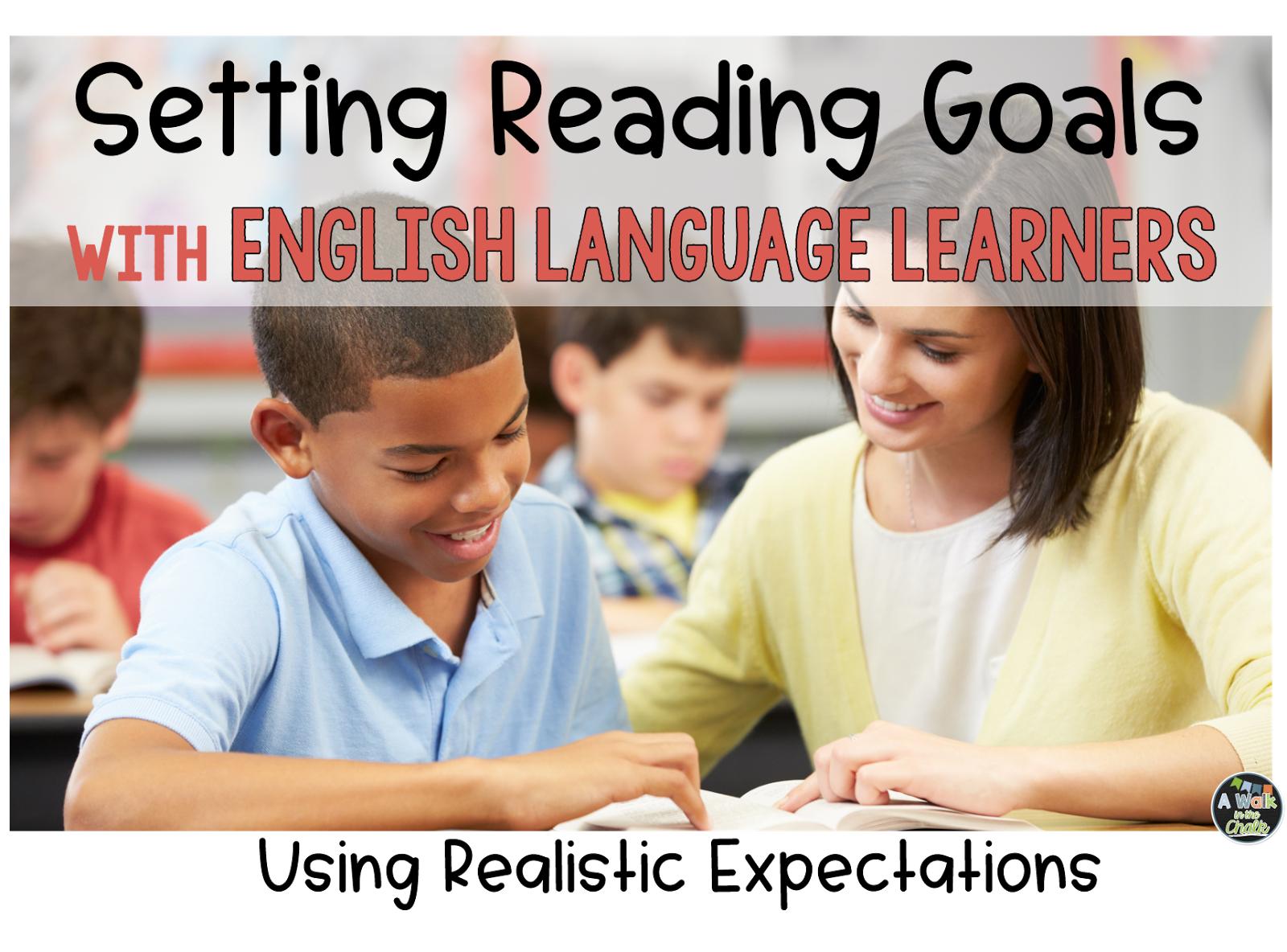
Students who enroll in online courses may be eligible to receive financial aid. If you are not eligible, you can apply for Work-study or Scholarships. Search for scholarships through scholarship search sites. These options are described in detail below.
Pell Grants
Pell Grants are available for online classes. There are many issues. Some people support the expansion. Others are against. Others are opposed to expanding Pell. Some believe it is dangerous precedent and others think that expanding Pell online programs is a waste. Pell is intended to help people find short-term high-wage work or retrain. Aside from the concerns about expanding Pell to online classes, there are also concerns about the quality of education.
Some say that Pell Grants should be converted to an entitlement, which would provide students with guaranteed funding and additional funds when needed. Pell being an entitlement would also help ensure stability in the government's fiscal outlook. Trump Administration, House Appropriations Committee and others propose to cut carry-over balances $3.3 billion in fiscal 2018. This will reduce Pell’s purchasing capacity by $1.3 billion.

Work-study programmes
Online students are able to apply for financial aid through work-study programs. However, these programs do not exist at all schools. Therefore, it is important to start your application early. Federal work-study dollars are not available at all schools. Apply now if your interest is in work-study.
Participating schools get work-study money as part their comprehensive financial aid package. The amount that a school will give to its work-study programs is determined by the school's student body and the available work-study job opportunities. Once the work-study money has been deposited, it can be used to pay tuition, fees, room and board as well as other educational expenses.
Scholarships
Online scholarships are available from many sources including non-profits, businesses and colleges. While some scholarships are only for online students, others are available to both online and traditional students. Many scholarships target single mothers, returning college students, and people from underrepresented minority groups.
Many institutions offer financial aid directly to students in addition to online class scholarships. These scholarships may be tied to credits hours or grade points average in some cases.

Services for scholarship searching
A scholarship search service can help you find scholarships to pay for online classes. These search services allow you to filter your area of study, where you reside, and what colleges you are interested. You can then apply to the scholarship institution you are interested in once you have found it. A scholarship search service can be used to save your favorites awards so that you can return to them later.
Scholarship search services can also help you find private sources of aid. You can find these through libraries, colleges, and organizations. Online scholarship search services are especially useful for finding private sources of financial aid. Private sources of financial assistance are often limited so not all applicants will be awarded.
FAQ
What are the main obstacles to e-learning's success?
The main challenge for e-Learning is not technical but cultural. It's all about people.
Understanding what motivates and how they learn best is key. We also need to know what makes them feel comfortable learning online.
This is where it's important to find ways of making this experience as natural and enjoyable as possible.
What is eLearning?
E-learning can be used to learn online for individuals, institutions, and organizations. It's a method of transmitting information and instruction via electronic media, such as computers and mobile devices.
Because this type learning uses technology to deliver content, rather than physical materials, the term "e", is used.
E-learning can take place anywhere that people have internet access.
What are some of the e-learning resources?
Interactive media like animation, audio and video are the most effective ways to communicate learning content.
These media allow learners interaction with the content. They are also more engaging and retain learners.
Online courses include text, graphics, sound and interactive features.
These courses can be offered free of charge or at a cost.
The following are examples of eLearning tools:
-
Online courses
-
Virtual classrooms
-
Webinars
-
Podcasts
-
Video tutorials
-
Self-paced, e-learning modules
-
Interactive
-
Social networking sites, (SNS).
-
Blogs
-
Wikis
-
Discussion forums
-
Chat rooms
-
Email lists
-
Forums
-
Quizzes
-
Polls
-
Questionnaires
How much multimedia should an eLearning course contain?
The answer will depend on what you want. If you're looking to quickly deliver information, less may be better. If you're looking to deliver training that helps people do something, however, more might be better.
The most important thing is to know what your goals are for your eLearning courses. It is also important to know what learners want from your course. This will enable you to ensure that you have enough content to achieve your objectives.
You can take this example:
To teach people how to use Microsoft Word, it is best to provide lots of examples of text documents. However, you should show people many types of Excel spreadsheets if you want them to learn how to use it.
Consider whether you would like to illustrate concepts with images or video.
Video is great for teaching people how to do things, but it's not as good at explaining complex topics. It can also be expensive to produce. Although images are easier to create, they don't have the same emotional impact of a video.
So, the bottom line is this - you need to think carefully about what you want to achieve before designing your eLearning course.
Statistics
- India's PC market clocks 9.2% growth to 3.4 million units in the September quarter (economictimes.indiatimes.com)
- E-learning is intended to enhance individual-level performance, and therefore intend to use of e-learning should be predicted by a learner's preference for self-enhancement (Veiga, Floyd, & Dechant, 2001). (sciencedirect.com)
- Reliability, validity, and descriptive statistics (The Gambia). Empty CellCRAVEMeanSDACBICOEEHABHEHMPEPOPVSESITRAC0.770.635.080.842) in behavioral intention to use e-learning in The Gambia (53%) and the UK (52%), (sciencedirect.com)
- However, e-learning courses that are engaging, well-designed, and interesting are likely to be perceived as useful by e-learners (Roca & Gagné, 2008). (sciencedirect.com)
External Links
How To
What has happened to e-learning since its initial introduction?
In the 1980s were created the first elearning courses. They were developed to teach adults new computer skills. E-learning has advanced significantly over the years. Today, there are many options for e-learning. These include:
-
Computer-Based Training, (CBT) – CBT is typically short and involves computers being used to convey information.
-
On-Demand Training (ODT) - ODT is similar to CBT, but the course is only delivered when needed.
-
Self Study – Self-study can be described as an e-learning option that allows individuals to learn on their own and without any guidance.
-
Web-Based Training (WBT). WBT allows students to study online. Although the tutor can't see what students do, they can track their progress through this system.
-
Video Lecture - These are recorded lectures that can be viewed on a TV or screen.
-
Online Tutorials - Online tutorials are web pages that provide step-by-step instructions on how to perform certain tasks.
-
Interactive Whiteboard (Interactive Whiteboard) - An interactive whiteboard works in the same manner as a regular whiteboard but has touch-sensitive zones that allow users interact directly with the image.
-
Simulations - Simulators are computer-based games that encourage role-playing. Students will be able to act out possible scenarios during their job.
-
Games - These computer-based activities aim to improve problem solving abilities.
-
Collaborative Learning - Collaborative learning is a form of e-learning that encourages groups of students to work together.
-
Problem Solving – Problem-solving is an e-learning type that aims at developing critical thinking skills.
-
Virtual Environments - A virtual environment is a 3D representation of real-world objects. In this example, it would be the 3D model a building.
-
Social Networking- A way to communicate with others via the Internet.
-
Mobile Learning - A type of eLearning, mobile learning can be used while you're on the go.